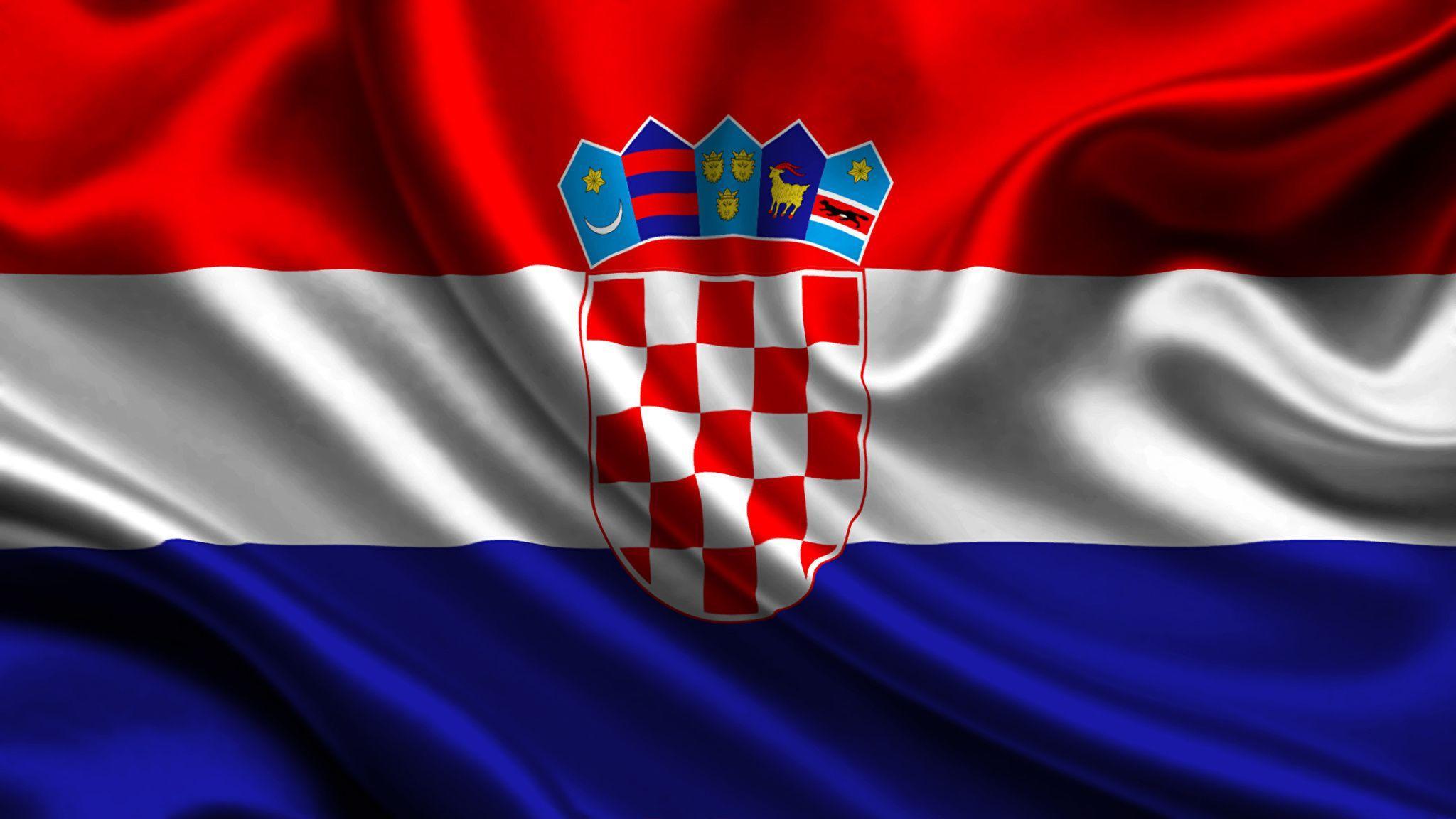
Croatia is indeed unique, not only for its crystal clear, clean blue sea, but also for a thousand years of different cultures that have replaced each other and sometimes assimilated in these areas. The Adriatic Sea is not only a deep gulf in the Mediterranean cut into the Continent of Europe thereby creating most economical trade route between Europe and the East, it is also the cradle of ancient civilizations. There is much material evidence about that which is finally beginning to come to light, from the depths of Adriatic caves and from the deep blue sea. The east coast of the Adriatic Sea was inhabited as early as the beginning of the early Stone Age, and there is proof that most of the accessible islands were also inhabited (archaeological findings in caves near the islands of Hvar and Palagruza, etc.).
Thanks to the favorable geographical characteristics of our coast, with its numerous bays, inlets and coves, the coastal belt has ever been a significant mercantile and nautical route.
Archaeological findings prove that in the 6th century BC the ancient Greeks had commerce with the Illyrian by means of the sea, and that they founded their colonies there (Pharos, today’s Starigrad, on the islands of Hvar and Issa – or Vis).
Later on, the Romans arrived, and they not only built palaces and summer residences but they also spent a considerable amount of time on the sea, and there are many underwater findings located between Pula and Cavtat which show this to be true. Such findings are mainly amphorae, which were at the time commonly used for storing everything from wine to wheat, oils and perfumes. Wherever you choose to go diving, you will find the remains of Antique ships and their cargoes. One of the most precious findings from that time are remains of pythos or dolias, large pottery vessels which were built into ships and used to transport bulk cargo (wheat, etc). One such site is near Cavtat, while another is near Murter.
A new era dawned with the arrival of the Slavs, a period characterized by constant struggle for supremacy and by defence against diverse enemies. Dubrovnik, eminent in its position as a republic, played a leading role in culture and trade. A 17th-century shipwreck bears witness to those times – a galley which sailed from Venice carrying murano glass, window glass, and other valuable objects, and was fitted with cannons. But during a storm it sank near the island of Olipe, off the coast of Dubrovnik.
In the 18th century, Napoleon ruled for a short period of time, after which he was replaced by the Austrian monarchy. During the next hundred years, Italy and Austria fought each other for supremacy of the east coast, culminating in the battle of Vis in 1866. The Austrian fleet, led by Admiral Tegetthoff, who commanded the battleship Erzherzog Ferdinand Max, was opposed by Admiral Persano, commander of the Italian fleet. In the battle, Persano, on his flag ship the battleship Re d’Italia, was roundly trounced by Tegetthoff, and the Italian fleet withdrew in defeat. Testimony to those glorious times can be found not only on the mainland, but also under the sea in the shape of shipwrecks and remains of the detritus of great ships. The period of Austro- Hungarian rule commenced thereafter. Ports were built and fortified, trade and shipbuilding flourished. During the two World Wars, the Adriatic was one of the more important areas of battle, and there are many shipwrecks dating from those periods. Near Pula, for example, which at the time was a strategically vital naval harbour, twenty shipwrecks have been located, including a number of submarines, destroyers, and torpedo-boats The Adriatic Sea has always been an important maritime route between East and West, which can still be seen today because of the numerous relics, which remind us that the past should never be forgotten, but rather used as a lesson for the future.
